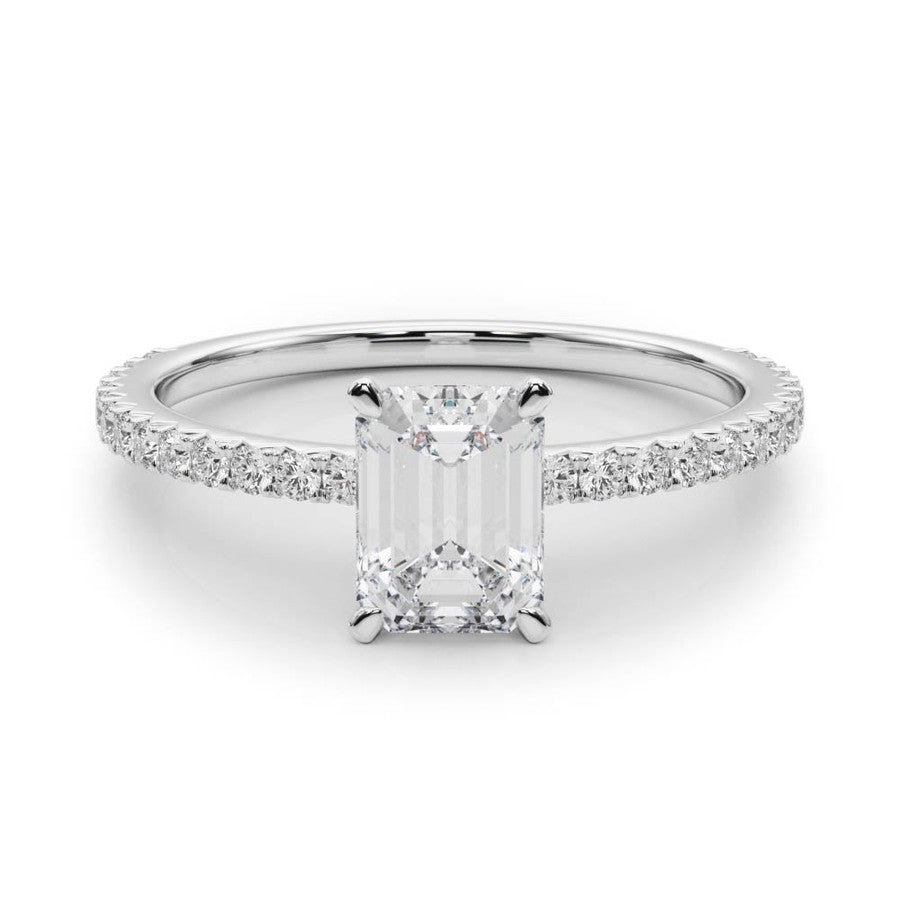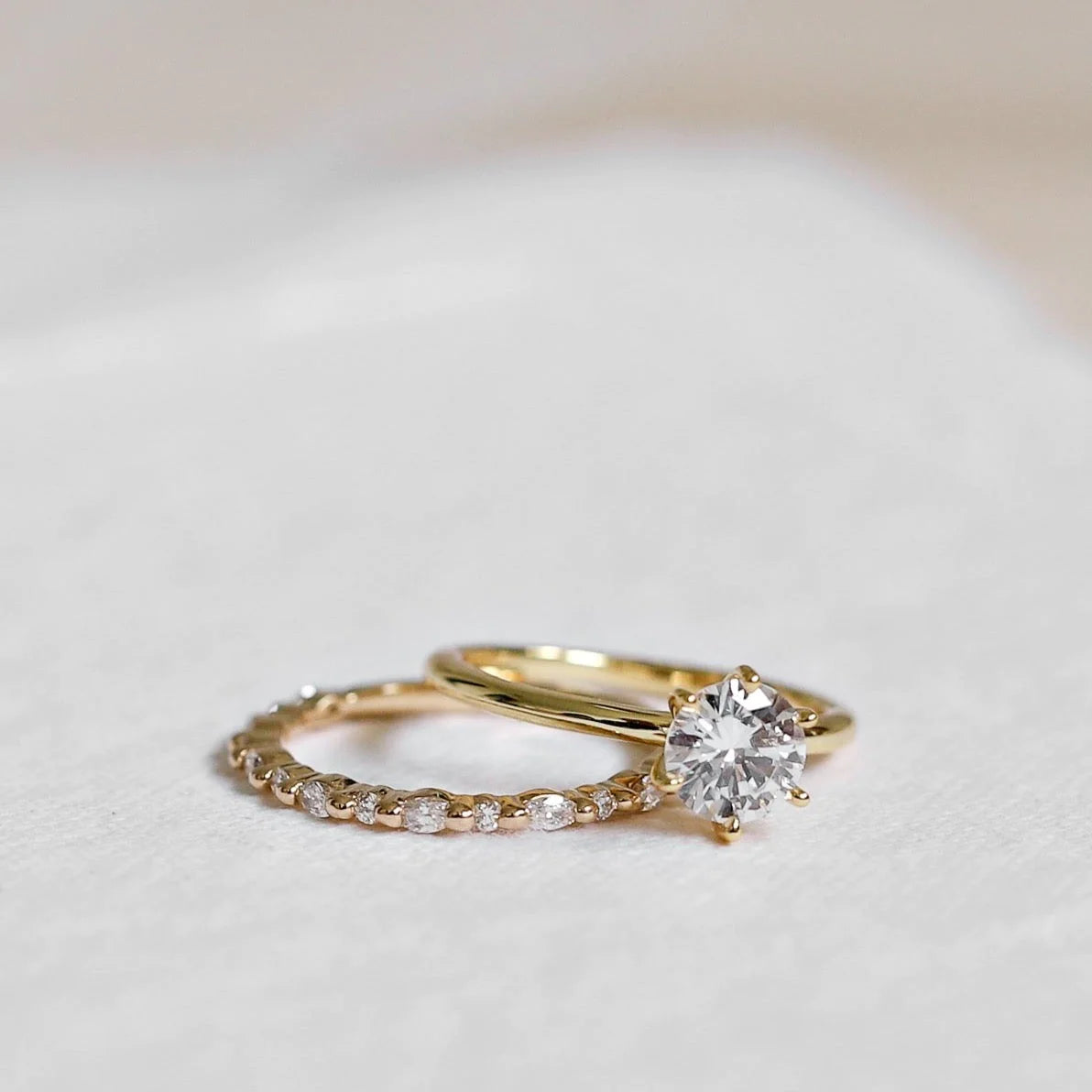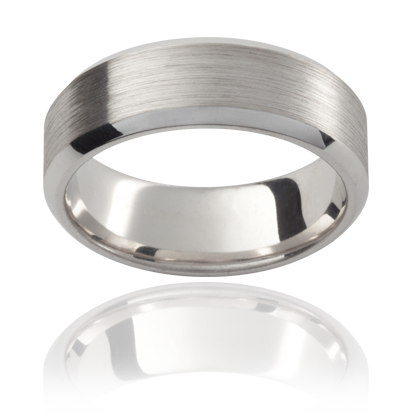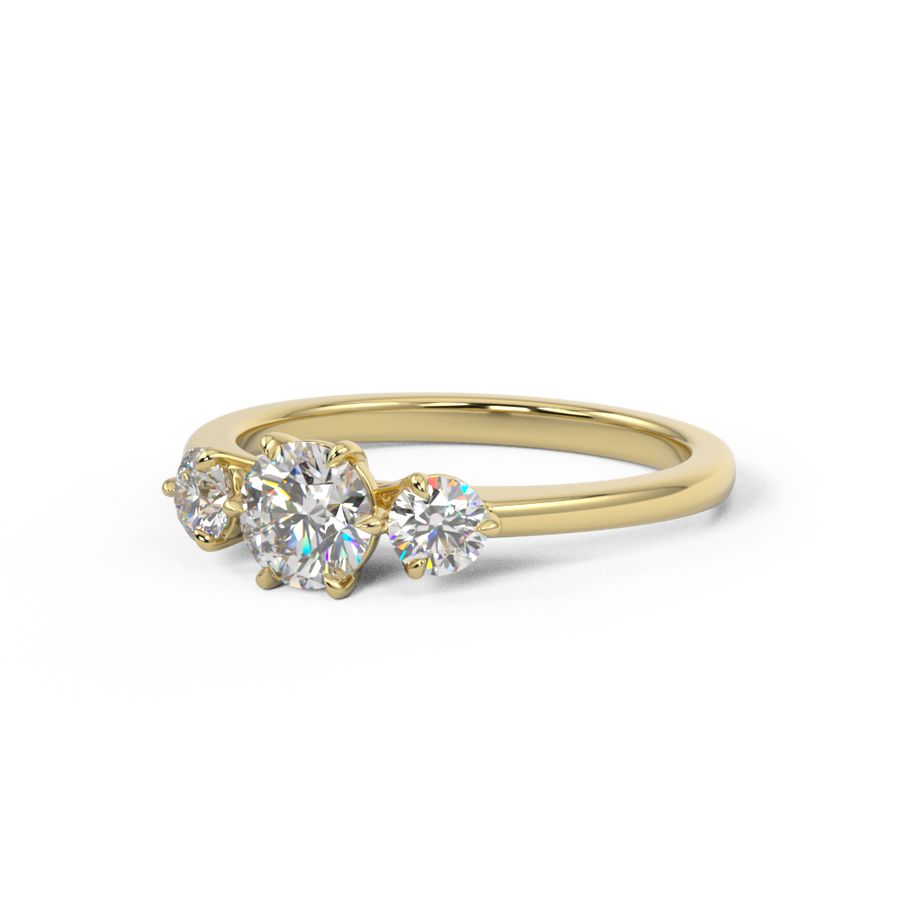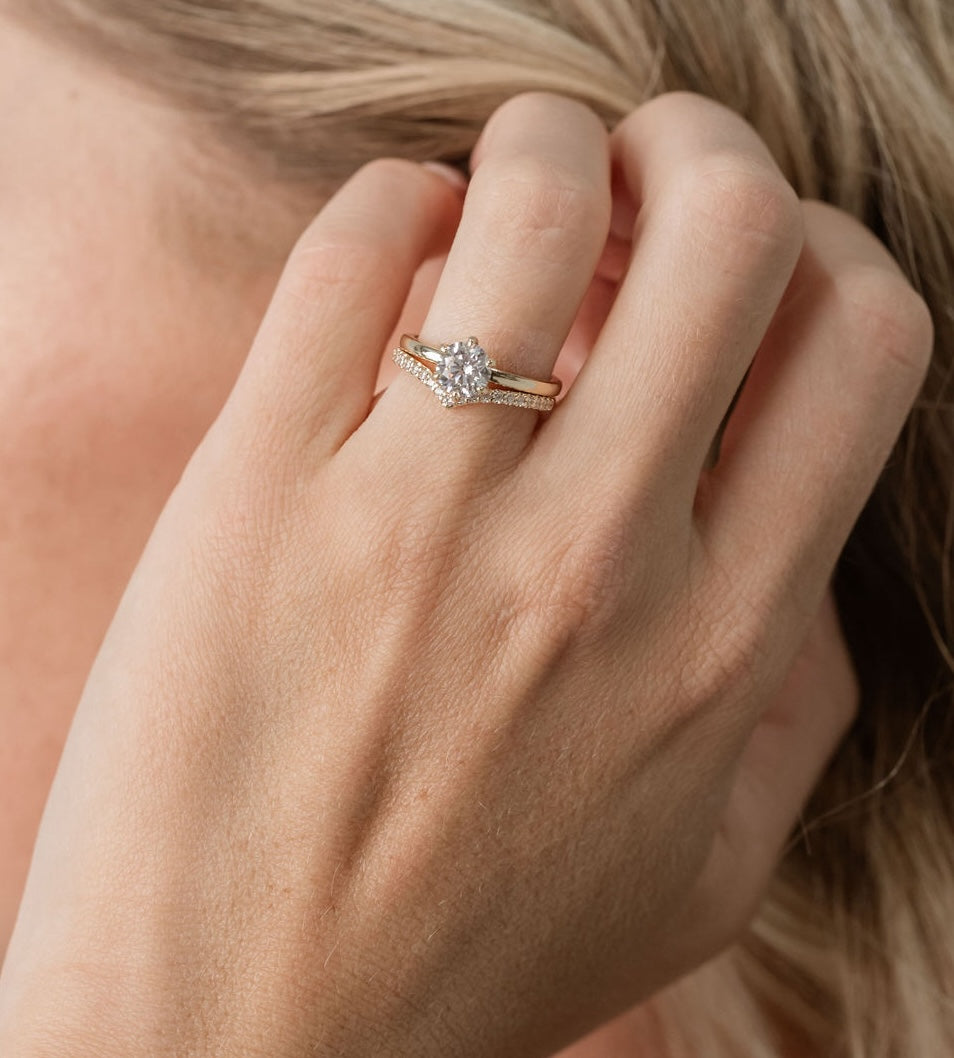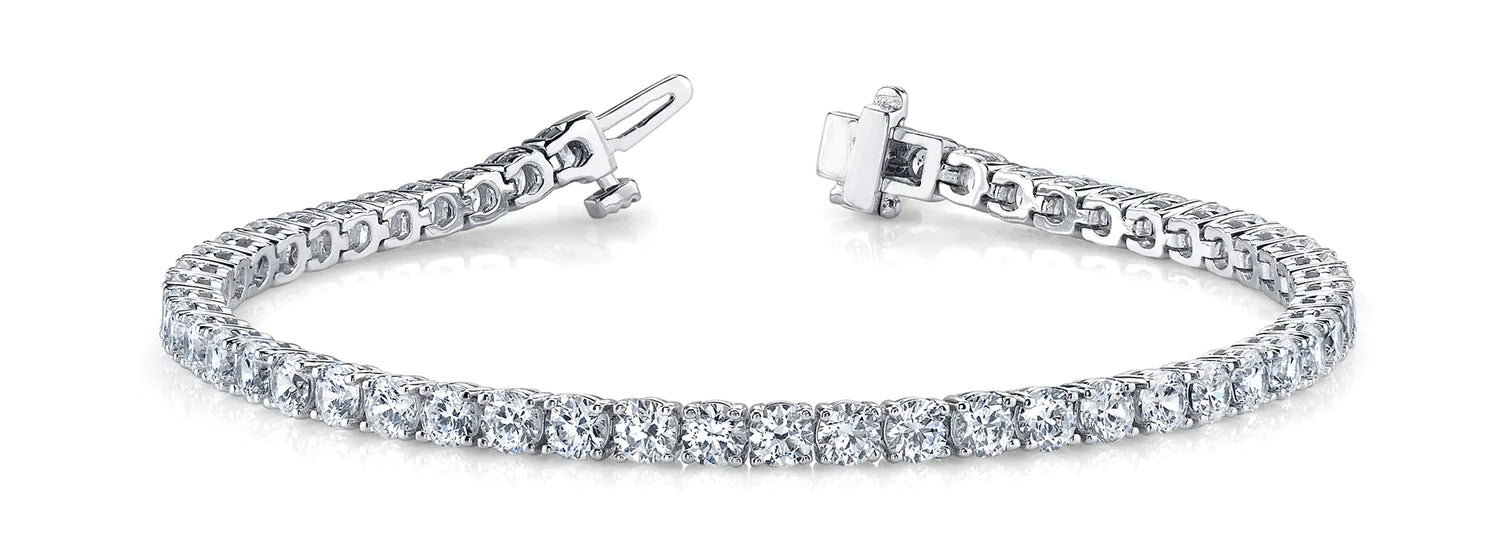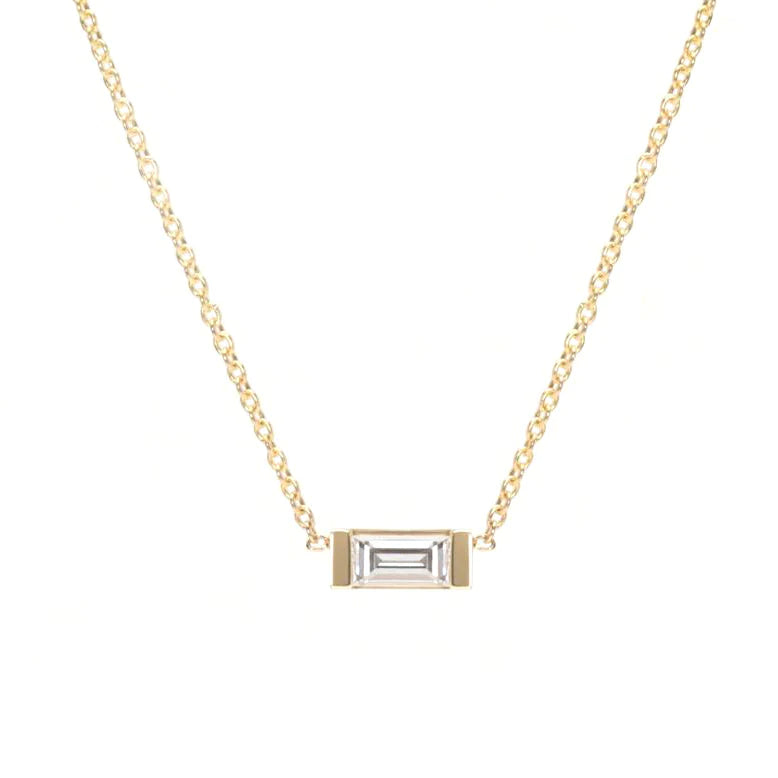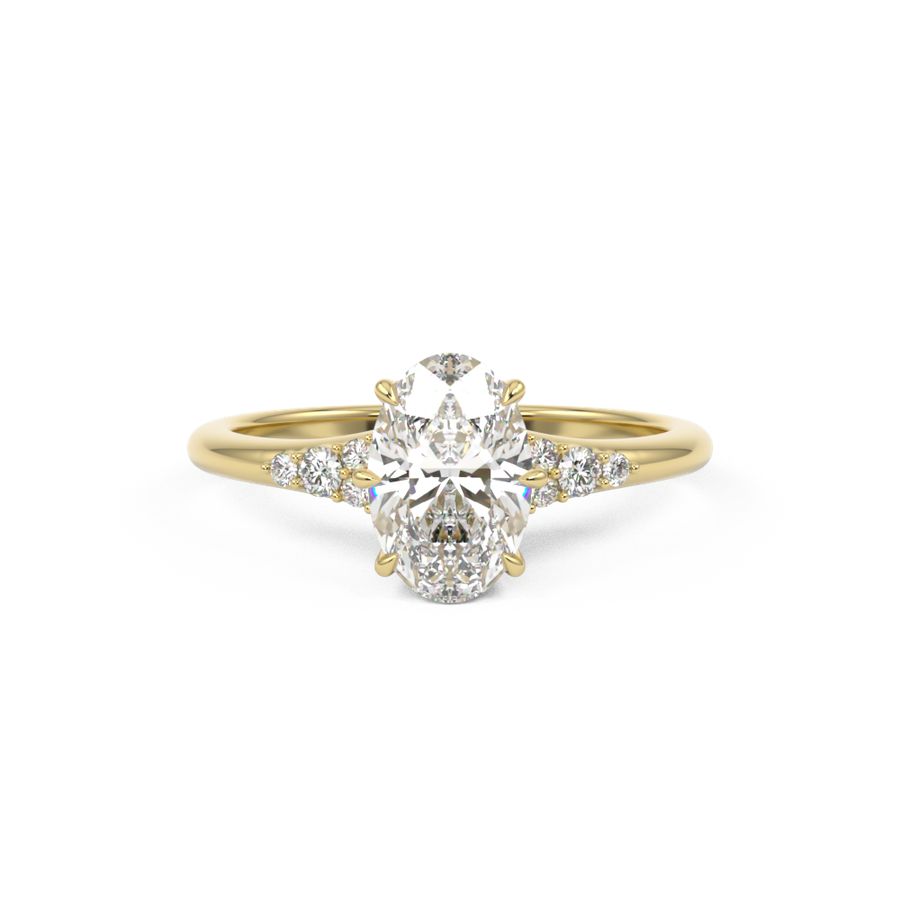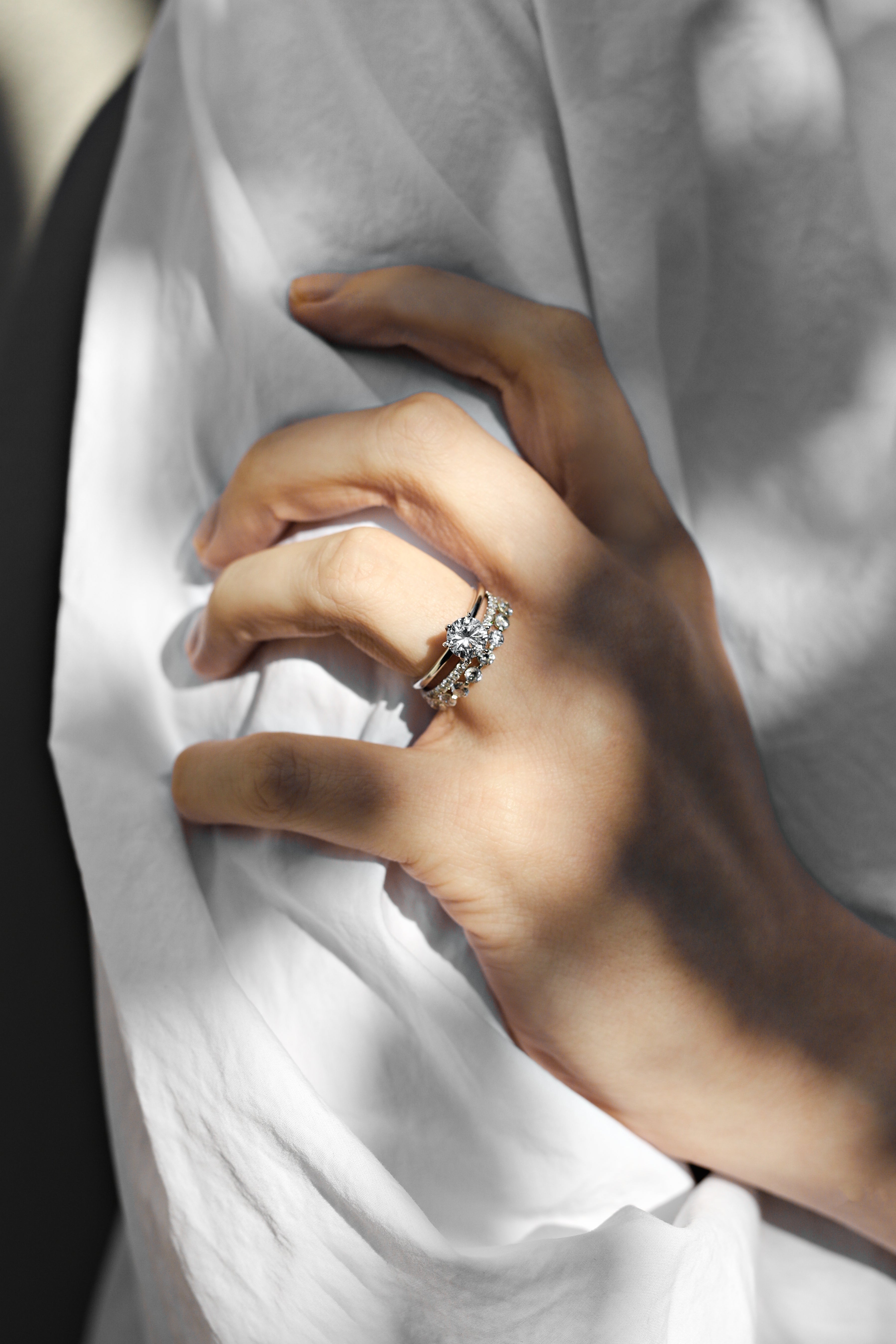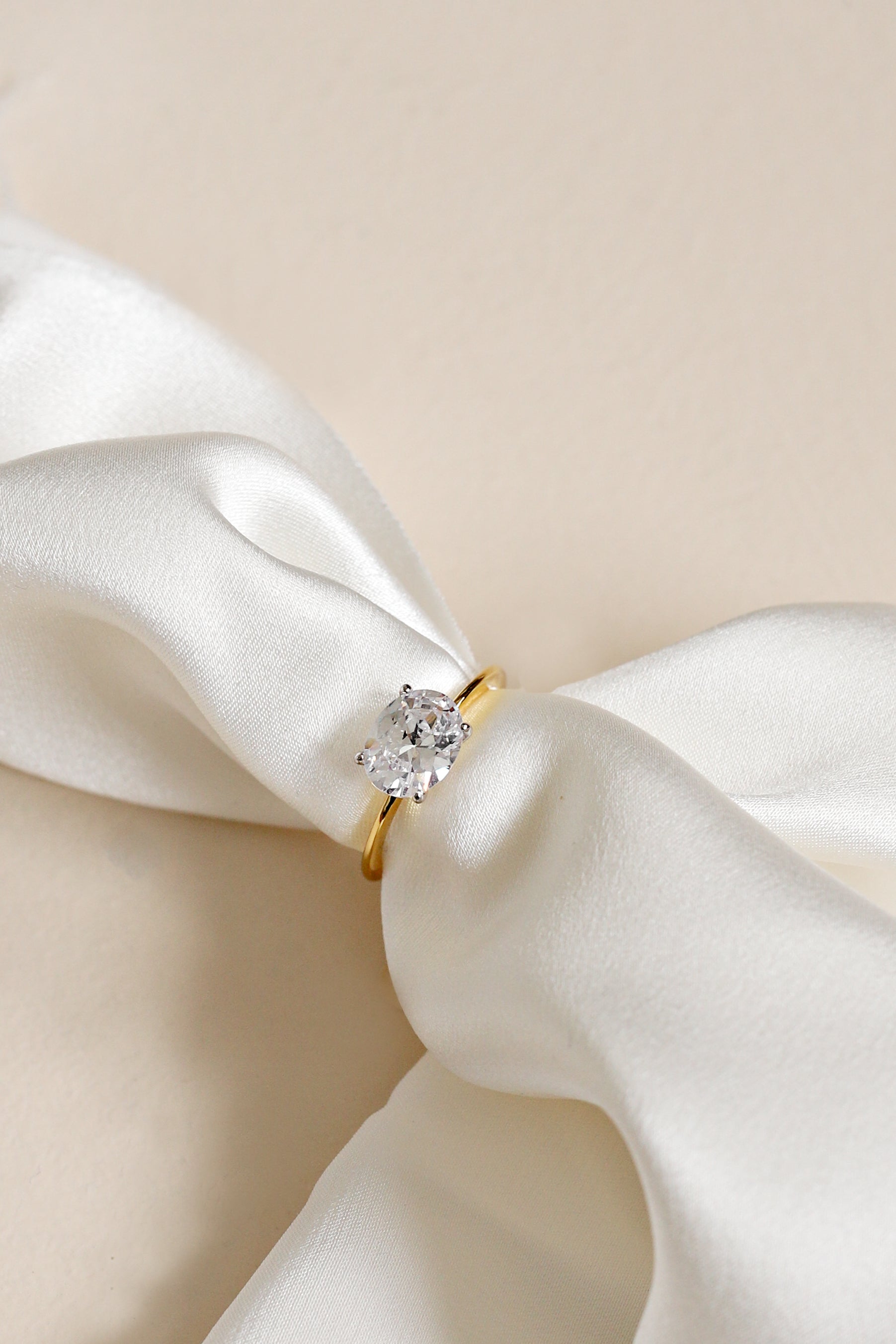Shakudō
History and Early Uses
- The word shakudō first appears in records of the Japanese Nara period (710-784 AD)
- Actual pieces of shakudō are known from the 12th century onwards
- Shakudō was historically used to construct or decorate Japanese sword fittings such as tsuba, menuki, and kozuka
- It was also used for small ornaments, sliding door catches, and small boxes
- Shakudō was introduced to the West in the mid-19th century
- The exact meaning of shakudō during the Nara period is unclear
- The use of shakudō in sword fittings and other decorative items dates back to the 12th century
- It was highly valued for its unique color and durability
- Shakudō became an important material in traditional Japanese craftsmanship
Possible Origins
- Shakudō and similar materials were initially believed to be specific to China and Japan
- Recent studies have revealed close similarities to decorative alloys used in ancient Egypt, Greece, and Rome
- This suggests a possible cross-cultural exchange of metallurgical techniques
- Shakudō may have been influenced by ancient metalworking traditions from different regions
- The exact origins of shakudō and its production techniques are still not fully understood
Production
- The origins of shakudō can be traced back to a period when Japan imported techniques and materials from Korea and China
- The production process involved heating copper, adding fine gold, and sometimes adding shirome, a by-product of copper production
- In the Edo period, nigurome, a pre-made mix of copper and shirome, may have been used instead of copper
- The resulting alloy was shaped and annealed at around 650°C
- Modern production processes often omit shirome and work directly with copper, gold, and other additives
Use
- Due to its expensive gold content, shakudō was primarily used for accents or small items like tsuba
- The glossy blue-black color is a characteristic feature of shakudō
- Larger objects described as shakudō may be mislabeled if they lack this color
- Unpatinated or repolished shakudō does not patinate in air
- Modern artisans have revived the use of shakudō in jewelry-making, vessel creation, and mokume-gane technique
Miscellaneous
- Shakudō was highly valued for its unique color and durability
- The production process involved heating copper, adding fine gold, and sometimes adding shirome
- The exact origins of shakudō and its production techniques are still not fully understood
- Modern artisans have revived the use of shakudō in jewelry-making, vessel creation, and mokume-gane technique
Shakudō Data Sources
| Reference | URL |
|---|---|
| Glossary | https://harryandcojewellery.com.au/blogs/glossary/shakudō |
| Wikipedia | http://en.wikipedia.org/wiki/Shakudō |
| Wikidata | https://www.wikidata.org/wiki/Q912435 |
| Knowledge Graph | https://www.google.com/search?kgmid=/m/03gpbf |

